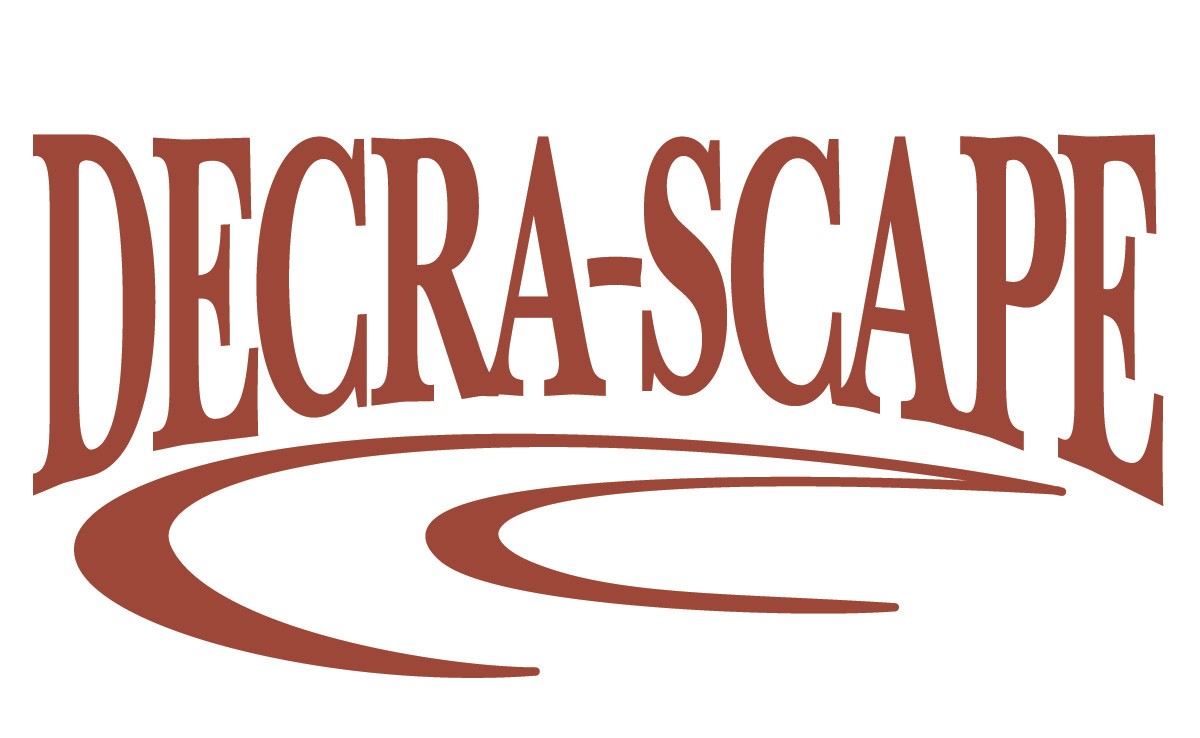Outdoor kitchens have become a popular addition to backyards across the country… and rightly so! A space to entertain and cook while enjoying the beauty of the outdoors? Yes please.
When it comes to selecting the right countertop material, quartzite and granite are two of the most popular choices. Both offer unique benefits and aesthetic qualities. So which is the better option for your outdoor kitchen?
What Makes Quartzite a Great Option?
Ideal quartzite customers are discerning homeowners who love to entertain and cook outdoors. They value high-quality, durable materials that can handle heavy use and varying weather conditions.
This customer appreciates elegant and natural aesthetics, seeking to enhance the beauty of their outdoor kitchen with a stylish and resilient countertop choice. They are willing to invest in premium materials that offer both functional benefits and long-lasting visual appeal.
Durability and Hardness
Quartzite is one of the hardest natural stones available, which means it is exceptionally durable and resistant to scratches and etching. This makes it an excellent choice for outdoor kitchens, where surfaces are exposed to heavy use and potential damage from cooking utensils and appliances.
Heat Resistance
Quartzite is also highly heat resistant, capable of withstanding the intense temperatures that can be generated by outdoor grills and cooktops. This makes it a reliable option for countertops that may come into direct contact with hot pots and pans.
Aesthetic Appeal
Let’s not kid ourselves; when it comes to backyard additions, looks matter. So it’s important to note that quartzite is often chosen for a beautiful, natural appearance that can mimic the look of marble. It comes in a variety of colors and patterns, making it easy to find a style that complements your design.
Weather Resistance
Quartzite’s natural composition makes it resistant to weathering and UV radiation. It won’t fade or deteriorate when exposed to the elements, ensuring that your outdoor kitchen maintains its stunning appearance over time.
What Makes Granite a Great Option?
The ideal granite customer is a practical homeowner who values both functionality and variety in design. Unlike the quartzite customer, who prioritizes a marble-like elegance, the granite customer is drawn to the diverse range of colors and patterns granite offers, allowing for more personalized and bold design choices.
Granite is renowned for its strength and resistance to scratches and chipping, making it a reliable choice for heavy use. Homeowners also appreciate its ease of maintenance, as it’s a surface that stays in excellent condition with regular sealing. Heat and weather-resistant, this durable material helps maintain the beauty and functionality of an outdoor kitchen for the long-term.
Strength and Durability
Granite is renowned for its strength and durability. Like quartzite, it can handle heavy use and is resistant to scratches and chipping. This makes it a dependable choice for outdoor kitchen countertops that will see a lot of action.
Variety of Colors and Patterns
Granite offers a wider range of colors and patterns than quartzite, providing more options to align with your unique design preferences. From subtle, uniform patterns to bold, dramatic veining, granite can add a unique touch to your outdoor space.
Heat and Weather Resistance
Granite is also highly resistant to heat and can handle hot cookware without sustaining damage. Its durability extends to weather resistance, as it does not easily fade or degrade when exposed to sunlight and other outdoor elements.
Ease of Maintenance
Granite countertops are relatively easy to maintain with regular sealing. This helps to protect the surface from stains and ensures that it remains in excellent condition for years to come.
Bottom Line: Your Countertop Type
You might choose quartzite if you are…
An avid entertainer who frequently hosts outdoor parties and gatherings. You need a durable, heat-resistant surface that can withstand heavy use, high temperatures, and potential rough handling by guests, while also looking elegant and stylish.
A design-conscious homeowner looking to create a luxurious outdoor kitchen. You appreciate the natural, marble-like beauty of quartzite and want a unique and visually stunning surface that complements your high-end outdoor living space.
A busy parent with active kids who often use the outdoor kitchen. You need a resilient surface that can handle scratches, spills, and general wear and tear, while also proving easy to maintain and weather-resistant.
You might choose granite if you are…
A practical homeowner who values functionality and variety in design. You appreciate granite's strength and resistance to scratches and chipping, and you enjoy the wide range of colors and patterns available.
A culinary enthusiast who frequently cooks outdoors. You need a heat-resistant surface that can handle hot cookware without damage, and you value a dependable material that will remain in top condition despite frequent use.
A homeowner looking for an easy-to-maintain outdoor kitchen surface. You prefer a material that stays in excellent condition with regular sealing, ensuring long-lasting durability and weather resistance with minimal effort on your part.
In conclusion, both quartzite and granite offer excellent options for outdoor kitchen countertops. Your choice will depend on your specific needs, design preferences, and the level of maintenance you are willing to undertake.
Whether you prefer the marble-like beauty of quartzite or the diverse options provided by granite, both materials will enhance the functionality and aesthetics of your outdoor kitchen. The best first step is to talk with an outdoor-living expert, share your backyard goals, and learn about the pros and cons of all material options.
The team atDecra-Scapewould love to help with your outdoor kitchen project. For more inspiration, check out our gallery of our work, read more on the blog, or catch up with us onInstagram.





